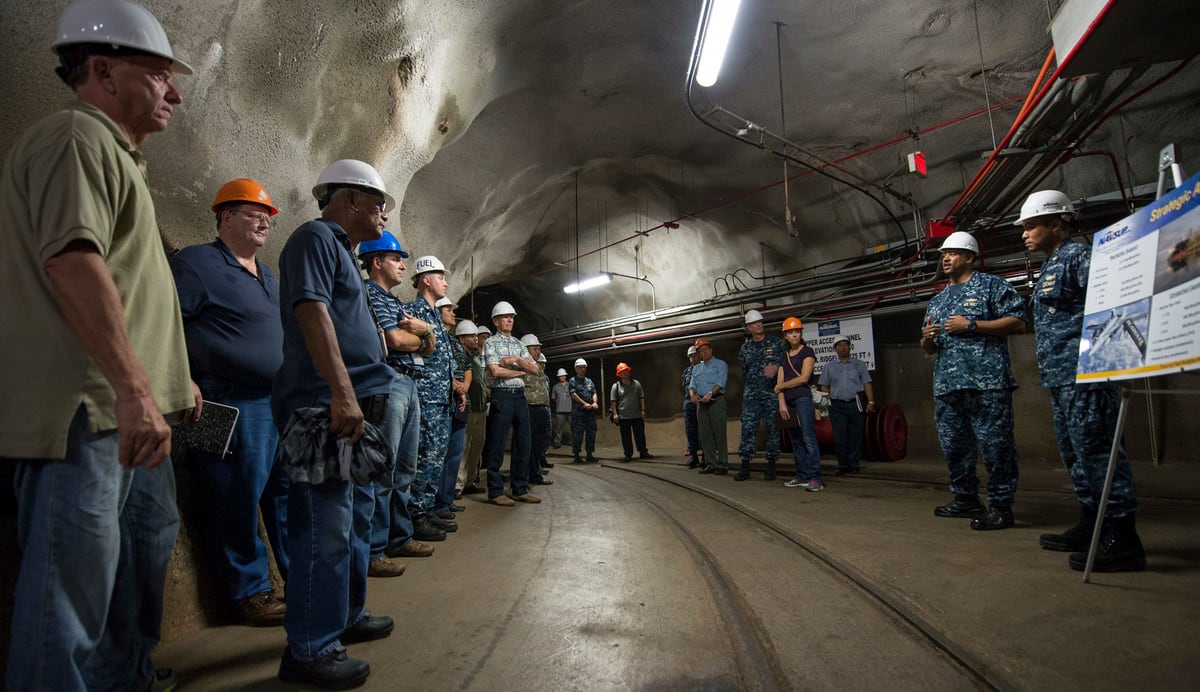HONOLULU — Hawaii Department of Health Director Bruce Anderson is urging the Navy to relocate its underground fuel storage facility at Red Hill away from a major source of Oahu’s drinking water.
Anderson told lawmakers Thursday that the state has no power to force the Navy to move the tanks, which sit 100 feet (about 30.5 meters) above a major aquifer, the Honolulu Star-Advertiser reported on Friday.
Anderson hopes the Navy will agree to reopen a legal agreement entered into in 2015 following a fuel leak at one of its Red Hill fuel tanks.
Anderson said that amending the agreement could make that option more likely. The agreement lays out steps the Navy must take to address fuel releases and increase tank safety.
"Storing this much fuel above our drinking water is not an acceptable option in the long run. In the short run we really don't have an option," Anderson said during a joint informational briefing before the House Committee on Health and House Committee on Energy and Environmental Protection.
RELATED

Anderson said he worries that an earthquake or other event could result in a catastrophic spill.
"If we had a major release — and again, each of those tanks holds 20 million gallons of fuel, and there are 20 of them — they would contaminate our aquifer, and there is no way we could clean it up. . It is just practically impossible to think that you can clean up a spill of that magnitude," he told lawmakers.
Honolulu Board of Water Supply Manager and Chief Engineer Ernie Lau agreed with Anderson and said there needs to be a greater sense of urgency in addressing the tank situation. It's now been five years since 27,000 gallons (more than 100,000 liters) of fuel spilled from one of the Red Hill tanks.
"Time is of the essence," Lau said. "We need to move as fast as we possibly can."
But it's unlikely that the Navy would agree to revisiting the regulatory agreement, Mark Manfredi, Navy Region Hawaii's program director for the Red Hill Bulk Fuel Storage Facility, told the Honolulu Star-Advertiser after the hearing.
He said the Navy feels confident that the tanks are safe where they are.





